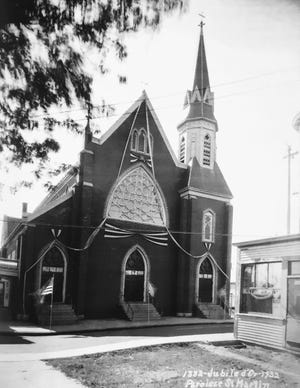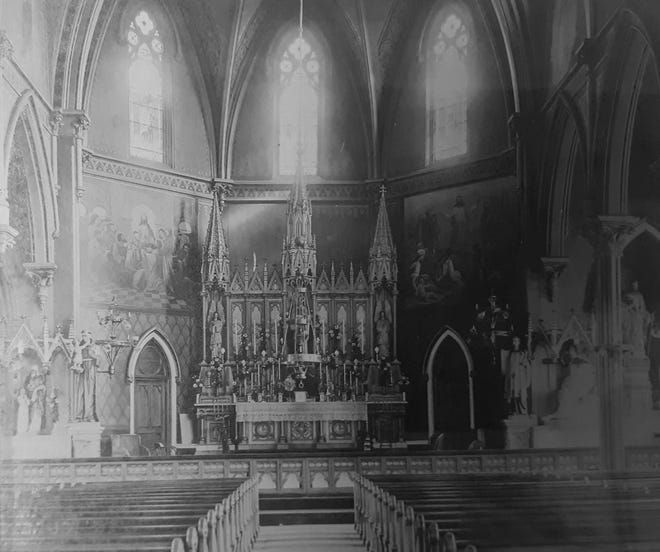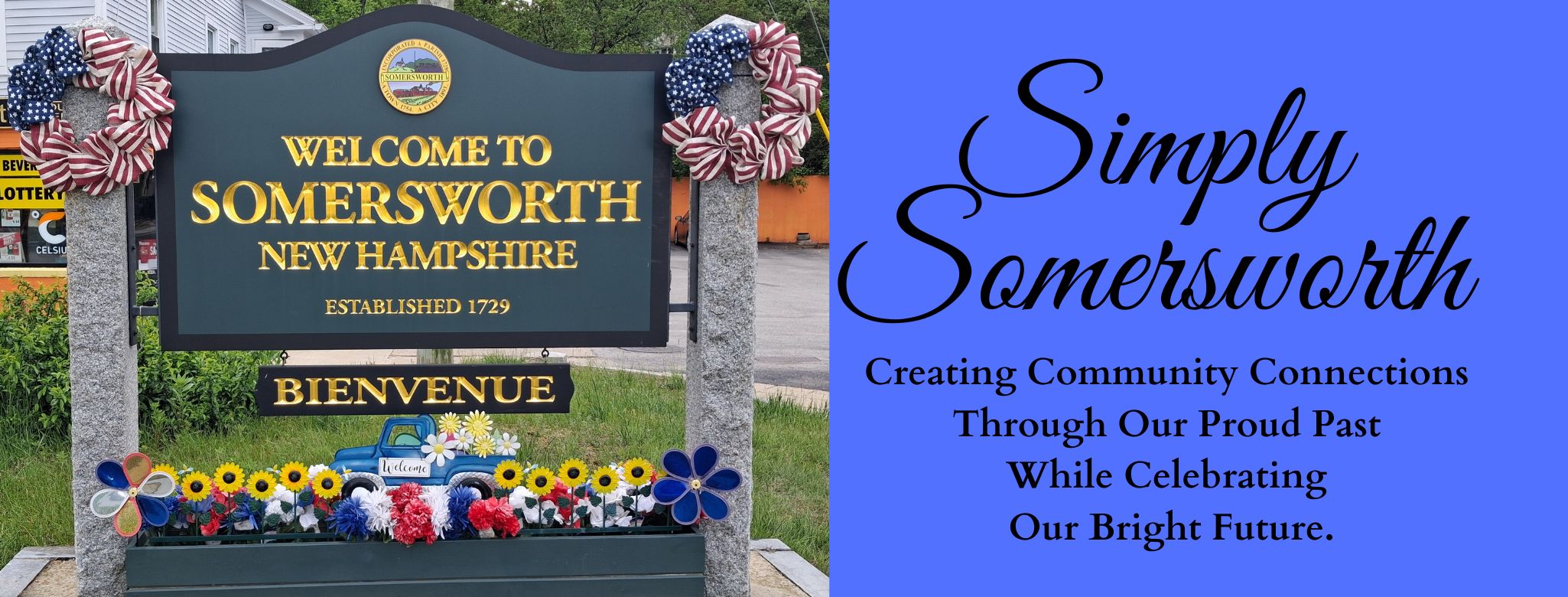
As I sit writing this week’s column with the sun happily beaming and warming my house, it feels like spring may finally have sprung. Easter is just around the corner and hopefully there is an end in sight to the pandemic. This week as promised, I’m going to take you on a trip back in time and through the history of St Martin’s Catholic Church.
Imagine the year is 1856, a time when Somersworth or as it was then known, “Great Falls” would see its first French-speaking immigrants, many from the region of Quebec in Canada. Holy Trinity Parish and Church would receive these newcomers, but as the French-Canadian population increased, especially after the Civil War, it became increasingly obvious that a French-speaking priest would be required to meet the needs of the ever-growing French speaking population.
That priest would take the form of Cleophas Demers, who was 35 at the time. Legend has it. he selected the name of St. Martins for the new parish after he had almost drowned in the St. John’s River several years before. Demers would purchase land on the corner of Franklin and Green streets for $9,000 and begin building the parish by converting the house on the property to the rectory. He would then commission Boston architect Patrick W. Ford to design the original St. Martin’s Church. That church would take the form of a huge gothic wooden church with the cornerstone being laid on August 27, 1883. The first Mass was held in the basement of the church on Palm Sunday, 1884. Then, after an outlay of $40,000, the edifice would finally be complete in 1889 when the first Mass would be celebrated upstairs. Demers would also purchase a tract of land that in 1886 would be consecrated and become what we know today as Mount Calvary Cemetery.

By 1895, Demers would purchase a lot with two dwellings with the express purpose of building a convent. That same year, parochial school classes were taught in the church basement with the teaching carried out by lay teachers. By 1897, according to records, the parish had grown to around 3,000 souls and the parochial classrooms served 250 children.
As the years went by, the church was adorned with frescos and stained glass windows, electric lights were installed and the wooden outer walls were replaced with brick. Demers would died in 1906 after he saw his vision for the St. Martin’s Academy realized. He is buried in Mount Calvary Cemetery which seems fitting as it was he who originally purchased that tract of land. Like its Irish counterpart Holy Trinity, St. Martin’s would bear witness to an entire community’s baptisms, weddings and funerals until 1972.
That would be when a more modern version of St. Martin’s Church was erected on the corner of Maple Street and West High Street. That would result in the demolishing of the old church, but there are still pieces of that church to be found within the new St. Martin’s. The bells that still signal Mass each weekend were the original bells that had hung in the steeple of the old church since 1929 when they were installed by Father Tetreau as one of the many improvements he would make throughout his tenure in the Hilltop community.
Each of the subsequent priests who followed Demers would leave their own stamp on the church and Mount Calvary Cemetery. Many of those priests would find their final resting place there including Father Benoit, Father Demers and Father Sylvestre.
I’ve often said that history has a habit of repeating itself and today both Holy Trinity and St Martin’s Church have combined to become one parish. That parish which was formed just over 11 years ago is the Parish of St. Ignatius of Loyola. At the present time, the parish is under the care of Father Andrew Nelson and continues to thrive and serves over 2,000 parishioners (which in the interest of full disclosure, I am one) today. Unlike Holy Trinity Church where few relics from the older church survived, many of those from St Martin’s have survived and can be viewed in the Summersworth Historical Museum on Main Street.
Sister City: Thetford Mines
As St. Martin’s was the French church, so to speak, and many of the immigrants found themselves in Somersworth thanks to the jobs provided by the mills, it seems only fitting that our sister city should be in Canada. In case you are not aware, we are sisters with the city of Thetford Mines. The Canadian city located as the crow flies about 200 miles from Somersworth was once the asbestos capital of our neighbors to the North. Once the dangers of asbestos were discovered, they very much had to reinvent themselves just as Somersworth is now.
In the beginning of the sisterhood back in the early 1980s, many events were shared between the cities including a relay run, youth hockey trips and official visits by dignitaries. Over the years the relationship had fallen somewhat by the wayside, but that was beginning to change. That was until the border was closed thanks to the COVID-19 pandemic, but Somersworth Mayor Hilliard has plans along with the culture commission to revive those ties once the borders reopen.
That’s all I have for you this week. As always, be kind to one another, continue to wear your masks and safely enjoy this warmer and welcome weather.
